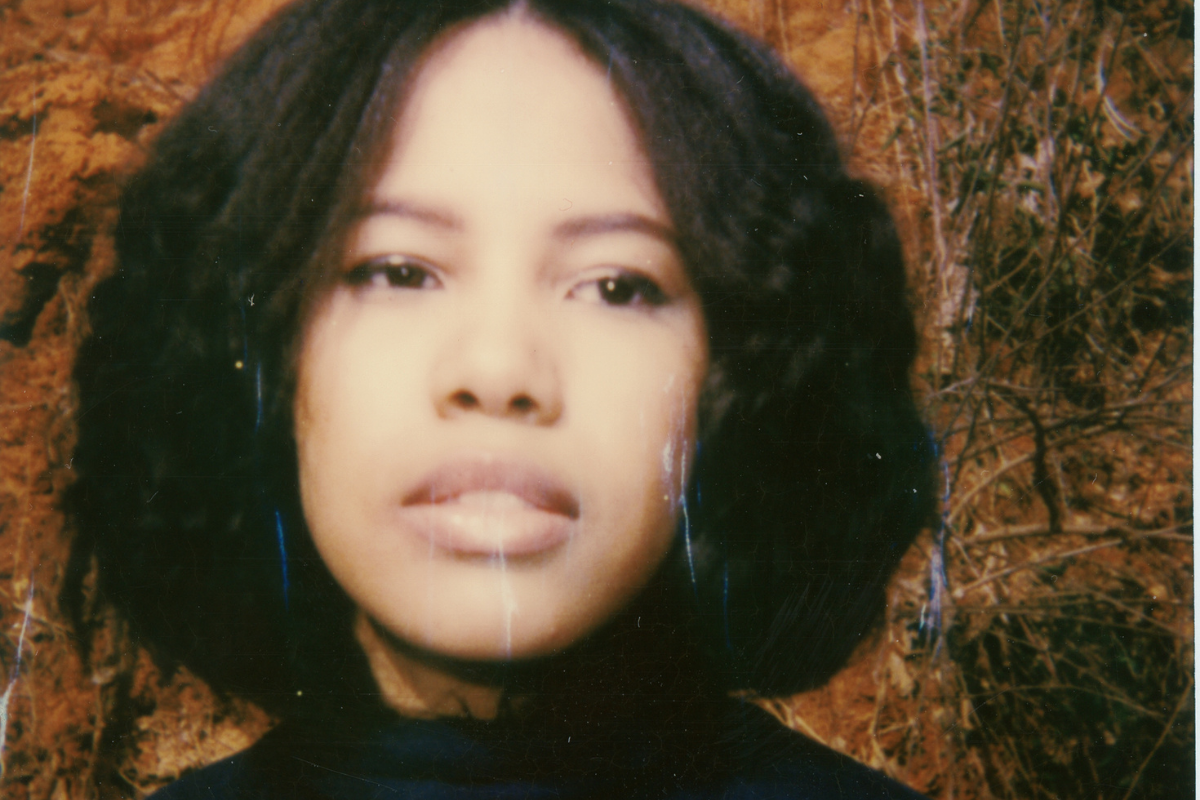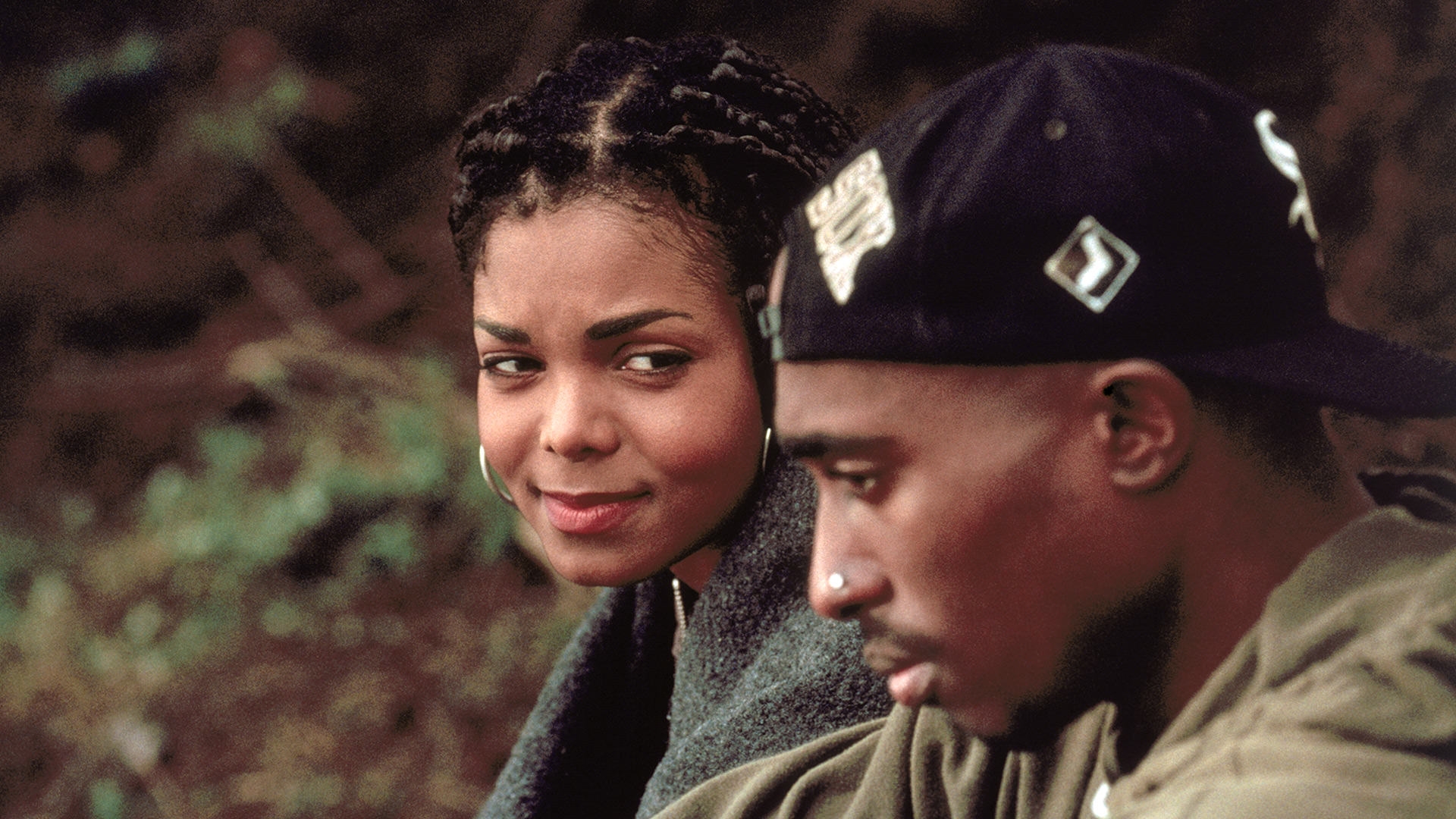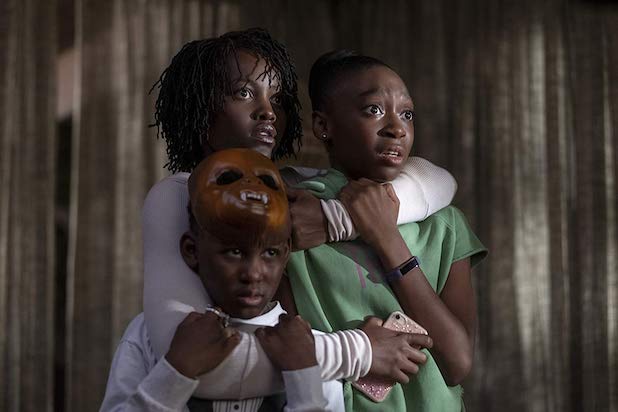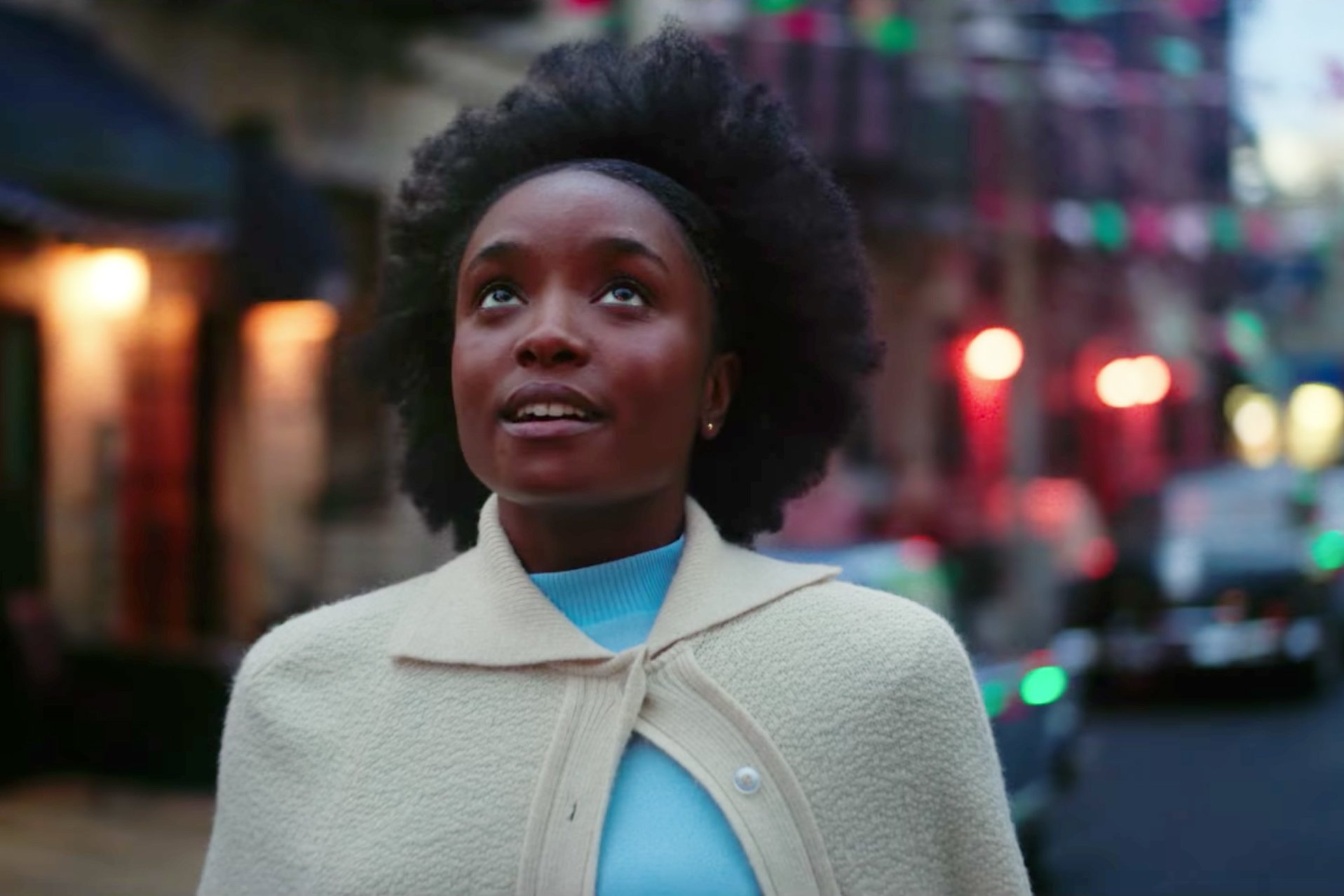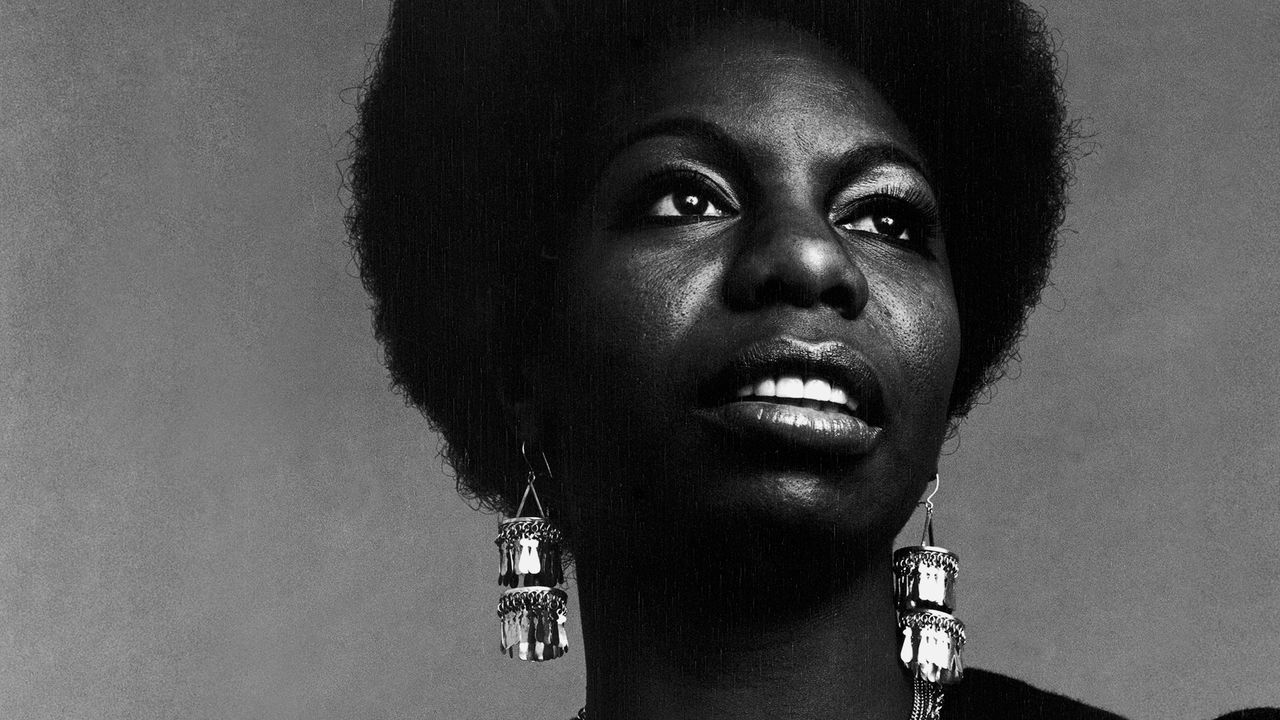
The movie industry needs to change how it treats dark-skinned women
Savannah Small-Swaby
06 Mar 2016
It’s safe to say that the upcoming release of the new Nina Simone movie has got many of us feeling some kind of way. It has also made me realise just how the creative industries, and especially the movie industry, constantly shun dark-skinned African-American women.
From what I’m aware, Mary J. Blige was originally cast for the role of Nina Simone, but she couldn’t commit to the role due to scheduling conflicts. No problem – it happens – and she’s a busy lady making beats and being awesome. Aesthetically Blige holds similar features to Nina Simone, features that added to her beauty and made her so well-known and unique within her industry.
But Mary J. Blige’s scheduling conflicts do not excuse the casting of light-skinned, mixed-race actress Zoe Saldana. Are black women going extinct in the movie industry? Was there really no one else that would have been appropriate for this role?
Let’s not forget that producers, casting directors, directors and Saldana herself – despite how uncomfortable she may say she felt – all went forward feeling that it was “fitting” to blacken her face with make up and create a prosthetic nose to make her depiction of Simone more “realistic”.
Opportunities for black female actors are few and far between, and it’s not that I don’t class Saldana as a black woman, but the whole way the movie has been approached is almost as though Hollywood doesn’t believe Saldana is a black woman. The actions they took in order to make her appear more black is the saddest part of it all. There is also absolutely no way in hell that if there was a biopic made of Beyoncé a woman of Nina Simone’s dark complexion would be considered, so why is the reverse okay?
I’ve seen the debates on Facebook, Instagram and other social media outlets where women have suggested a number of black actresses that they believe would have been phenomenal for the role such as Viola Davis and Danai Gurira. Back in 2012, when the movie was originally slated to be released, Clutch Magazine named five other well deserving actresses that would have been appropriate – such as India Arie, N’Bushe Wright and Aisha Hinds.
Now, a lot of people may not have heard of these names before but guess what Hollywood, THAT’S OK. In fact, this movie, especially after following the Oscar nominated Netflix documentary, What happened, Miss Simone?, not only needed to be done with the utmost attention to detail but would have been a fantastic opportunity to introduce a black female actress the public weren’t yet familiar with.
It’s painful when you realise the lack of attention and care the movie industry has when it comes to casting women of colour. There’s a horrible tug of war that is starting to feel as though a number of white people are doing anything to weaken women of colours confidence and stunt our growth.
‘It’s painful when you realise the lack of attention and care the movie industry has when it comes to casting women of colour.’
In 2016 we’re still having to fight to have our faces seen and our craft appreciated. Black male actors don’t have it easy either, but being a black female actor in the industry is still less favourable than being a black man. The opportunities for lead roles for black men seem to be slowly growing; think Selma, Mandela and 12 Years of Slave.
When it comes to Hollywood, it’s hard to talk about race without addressing gender and vice-versa. Saldana had told InStyle magazine that although she didn’t feel that she was right for the role, she also didn’t think “Elizabeth Taylor was right for Cleopatra either… An artist is colourless, genderless”.
Whilst opportunity is important, as an actor, director and musician it is important that we understand the effects of the work we produce. Cleopatra came out 53 years ago, in 1963, when the Civil Rights Movement was testing America’s tolerance of black men and women, when there was a hugely visible lack of opportunity and social and political unrest. Then we fast-forward to 2016, when segregation feels like a “thing of the past” and we have black women taking centre stage on hit TV shows such as Scandal and How To Get Away With Murder, yet here we are.
Saldana’s casting in the movie highlights the never-ending battle for women of colour to be cast in leading roles. The amount of times black women have been seen as a disadvantage for their African and Caribbean qualities. Here we are being told that we’re still not good enough. Or in this case, light enough to then pretend to be dark enough. Here is a music icon, that everyone knows the face and image of being skewed so heartlessly in order to make an “attractive” Hollywood movie.
Once again, the colour and shade of black women’s skin is being displayed as a hindrance and a set-back. It’s disrespectful to allow people to believe that this is okay. That it’s okay to portray a person who exists in so many of our every day lives in this way because there are people who would have been much more well suited for the role.

